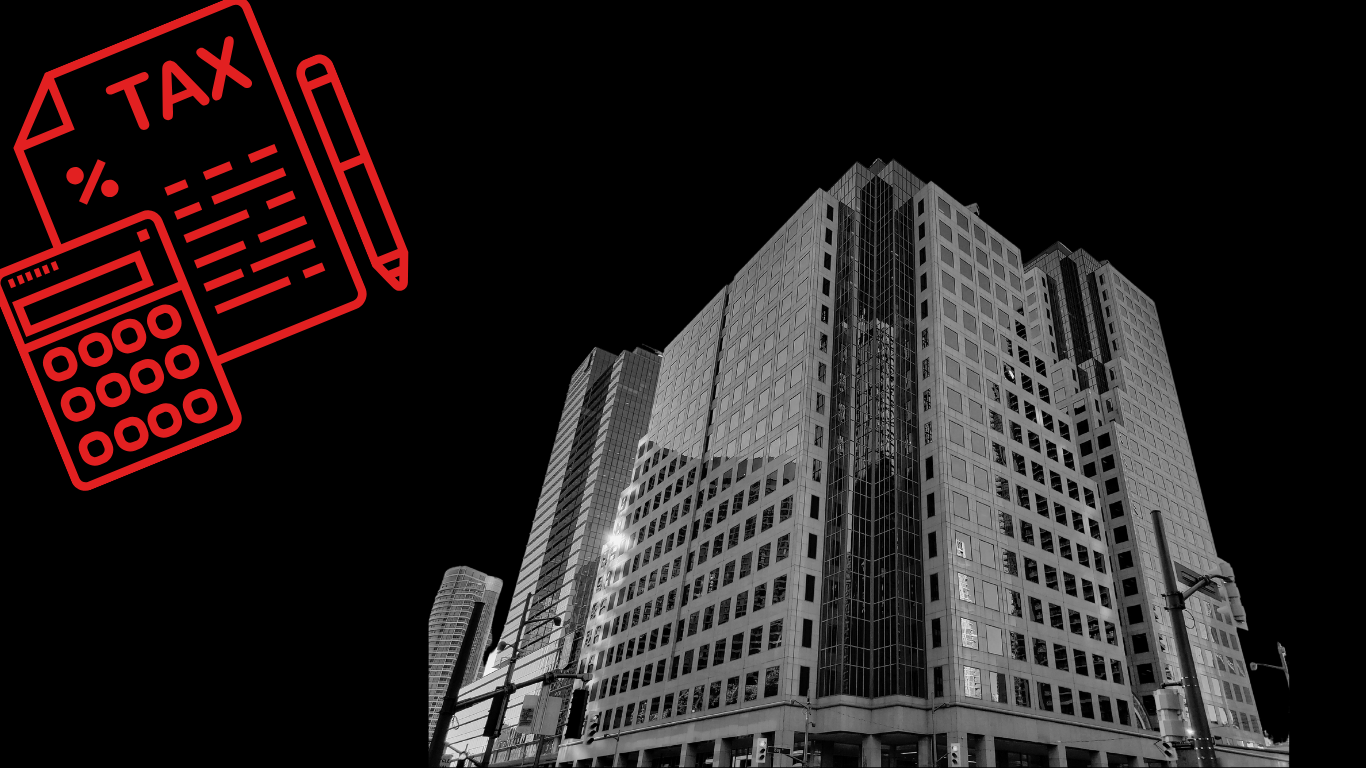It’s fair to say that returning to the office environment seems like it will be slightly surreal, with remote and hybrid working becoming normalised over the past year since the pandemic began. A lot has been made out about going back to office-based working come June 21st when lockdown is scheduled to lift entirely and whether or not offices are ready to take on the responsibility to protect staff members.
As well as the safety aspect, many office staff are reluctant to return to the office with a quarter of employees in the UK saying they would resign from their current job if they were forced to return to the office, according to research conducted by HR software company Personio.
The future, in the sense of retreating back to normality, seems hopeful due to the success of the vaccine rollout putting the UK in a great position. However, it’s imperative that workplaces take all the necessary requirements to ensure staff feel secure in their respective working conditions and make allowances where necessary. Many experts have called for the working from home experiment to become regular routine for many firms, with benefits on mental wellbeing, the environment and work productivity widely reported.
What is likely to happen for many companies before and come June 21st is a staggered approach of staff returning to the office, ensuring their routine isn’t drastically shifted immediately whilst assuring that everyone is protected and able to work comfortably and securely.
Here are some recommendations and guidance as to how to make the workplace as safe an environment as possible, which will put your business in a great position post-lockdown:
Regular Communication
Keeping your staff informed on plans to return to the workplace is essential as this not only relays important information but also instils a level of calm and trust as an employer. This should be done as early as possible from when the government announces it’s safe to return (21st June) with a strategy devised.
As an employer you will need to take into account:
- When the workplace might reopen and staff might return.
- How the employer will make sure the workplace is safe and how they will get views from staff about any further changes.
- How staff will travel to and from the workplace.
- If there might be a phased return of the workforce, for example some staff returning before others.
- Who will stay working from home or on furlough.
- Being flexible with employees who are required to return to work on short notice.
Keeping Your Staff Safe
Before any plans are made for staff to return to the office, it’s essential to ensure that your workplace premises are safe and fit to work in. It’s advised to:
- Evaluate the building and its mechanical and life safety systems to determine if the building is ready for occupancy.
- Ensure that ventilation systems in your facility operate properly, with a constant flow of ventilation in circulation across all spaces.
- Increase circulation of outdoor air as much as possible by opening windows, doors and using fans where possible.
- Ensure hand sanitisers and soap are readily available in every room and make sure all equipment and surfaces are regularly cleaned and disinfected throughout the day.
- Conduct a thorough hazard assessment of the workplace to identify potential workplace hazards that could increase risks for COVID-19 transmission.
- Identify common areas where employees could have close social contact (within 2 metres) of others, for example meeting rooms, break rooms, cafeteria etc.
- Alter seat plans and desk positions to ensure the 2-metre social distancing is enforced.
- Install transparent shields, or other physical barriers, where possible to separate employees and visitors where social distancing is not an option.
- Consider using tape markings or signs to signal the required 2 metres of social distancing, particularly in regularly attended spaces such as kitchen areas.
- Consider making it regulation for staff to wear face coverings when away from their desk in the office.
- Remind employees to avoid touching their eyes, nose, and mouth.
Being Flexible
The current climate we live in is extremely unprecedented which means that unpredictable occurrences are going to happen involving staff. With this should come a compassionate and understanding approach as an employer to your staff, as essentially you won’t know exactly what they’re going through unless told.
Many issues have arisen during the pandemic including the increase in domestic abuse, as well as the aforementioned huge toll on people’s mental health. It’s imperative to be supportive to staff members and to take time to comprehend their personal and often sensitive personal situations. This may result in compensating for staff through extended working from home allowances, compassionate leave or by even offering therapeutic services within the company.
This will most probably be assessed on a case-by-case basis and through a HR representative, however management and directors may want to involve themselves respectively.
We hope this has provided some guidance on how best to implement a secure and healthy workplace environment upon the return to office working. If you require more information on any of the above mentioned or anything accounting related for that matter, please don’t hesitate to get in contact with us at Nordens where one of our trusted advisors would be happy talking you through your query.










































































































































































































































































































































































































































































































